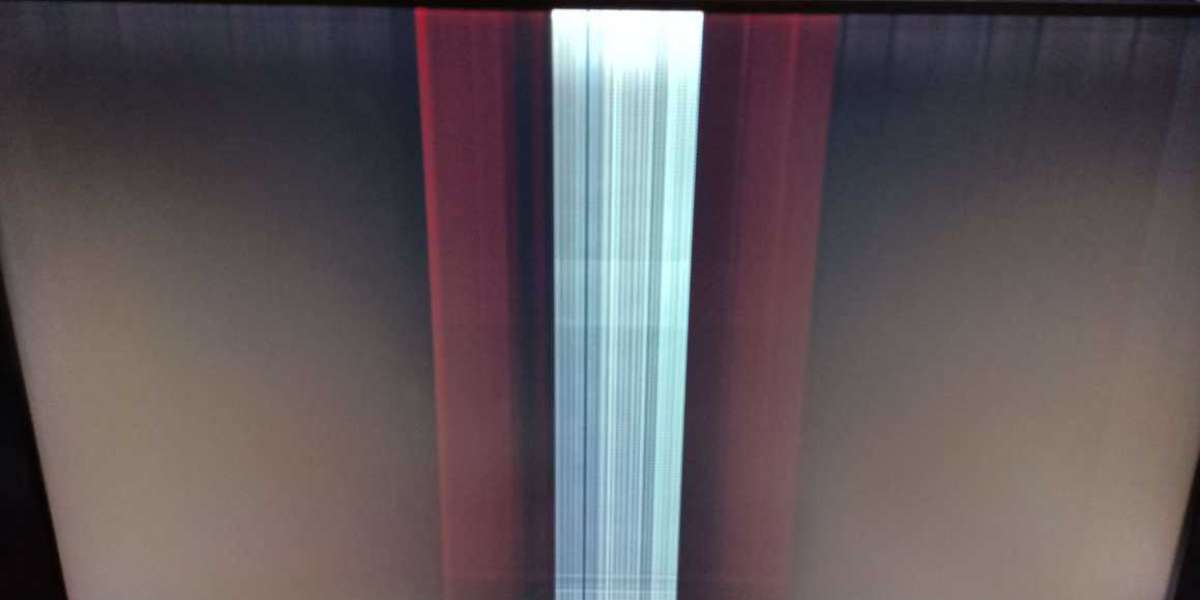Introduction
In modern industrial production, welded coiled tube has become an essential component in systems requiring continuous lengths of metal tubing for fluid transfer, heat exchange, or control instrumentation. Its use extends across industries such as oil and gas, chemical processing, power generation, and automotive manufacturing. The development of welded coiled tube technology has allowed engineers to achieve significant gains in efficiency, safety, and reliability while minimizing waste and installation time.
Unlike conventional straight-length tubing, welded coiled tube is supplied in continuous coils that can reach hundreds or even thousands of meters in length. This design minimizes the need for fittings or joints, which are potential weak points in high-pressure or corrosive environments. The result is a tubing system that offers better flow characteristics, improved safety, and lower maintenance requirements.
This article examines the key aspects of manufacturing, its metallurgical properties, the production process, testing and inspection methods, and the broad range of industrial applications it serves.
Understanding Welded Coiled Tube
Definition and Structure
A welded coiled tube is produced by forming a flat metal strip (typically stainless steel, duplex, or nickel alloy) into a cylindrical shape and joining the edges through a longitudinal welding process. After welding, the tube undergoes further finishing and is coiled into large rolls for transport and installation.
The main structural feature distinguishing welded coiled tube from other tubing forms is the continuous coil format. This provides advantages such as:
- Reduced leakage risk due to fewer connections.
- Improved flow consistency by eliminating turbulence at fittings.
- Ease of handling and installation on automated spools or in confined environments.
The typical dimensions of welded coiled tube range from small-diameter precision tubing (1/8 inch) to larger industrial sizes exceeding 1 inch in diameter, depending on the application.
Comparison With Seamless Coiled Tube
While both welded and seamless coiled tubes serve similar purposes, they differ in production and performance characteristics.
| Aspect | Welded Coiled Tube | Seamless Coiled Tube |
|---|---|---|
| Production Method | Formed and welded from strip | Extruded from billet |
| Length Availability | Long continuous coils | Shorter coils |
| Cost Efficiency | More cost-effective | Higher production cost |
| Surface Finish | Excellent after processing | Naturally smooth |
| Pressure Rating | Slightly lower | Higher under extreme pressure |
| Typical Applications | Heat exchangers, instrumentation, condensers | High-pressure hydraulic systems, offshore drilling |
For most industrial applications, welded coiled tube provides sufficient mechanical strength and corrosion resistance while being more economical and easier to manufacture at large scale.
Manufacturing Process of Welded Coiled Tube
The manufacturing of welded coiled tube involves several precise and controlled steps. Each stage must ensure dimensional accuracy, metallurgical integrity, and consistent weld quality.
1. Raw Material Preparation
The process begins with the selection of high-quality metal strip—commonly stainless steel grades such as 304, 316L, or duplex alloys like 2205. These materials offer excellent corrosion resistance and mechanical properties.
Key considerations include:
- Surface finish of the strip to prevent inclusions.
- Consistent thickness to ensure even forming.
- Material certification verifying compliance with ASTM or ISO standards.
2. Tube Forming
The metal strip is passed through a forming mill, which gradually shapes it into a round tube. Precise roller alignment ensures minimal deformation and uniform wall thickness. The longitudinal edges of the strip meet in a controlled seam that will later be welded.
3. Welding
The joining process is the most critical stage. Modern manufacturers use Tungsten Inert Gas (TIG), Laser Welding, or High-Frequency Induction Welding (HFIW) depending on material and wall thickness.
- TIG welding provides high-quality welds for thin-walled tubes.
- Laser welding allows minimal heat input and excellent control.
- HFIW offers high-speed production suitable for thicker tubes.
After welding, non-destructive testing (NDT) methods such as eddy current testing or ultrasonic inspection are employed to detect defects or discontinuities.
4. Heat Treatment
Post-weld heat treatment (PWHT) or annealing is applied to restore the material’s microstructure. This step relieves residual stress, enhances ductility, and improves corrosion resistance. Controlled furnaces ensure that the tube achieves uniform mechanical properties throughout its length.
5. Sizing and Straightening
The welded tube is then passed through sizing rolls to achieve the final diameter and wall thickness tolerances. Straightening ensures that the coil can be wound uniformly without deformation.
6. Pickling and Passivation
Surface treatment processes such as pickling and passivation remove oxide layers and restore the protective chromium oxide film on stainless steel surfaces. This treatment is essential for ensuring long-term corrosion resistance, particularly for applications involving aggressive fluids.
7. Coiling and Packaging
The finished tube is wound into coils of specific lengths and diameters according to customer requirements. Each coil is carefully packaged to prevent mechanical damage and contamination during shipment.
Quality Control and Testing Procedures
The performance of welded coiled tube in demanding industrial applications depends on stringent testing and quality assurance practices. Manufacturers employ a series of inspections throughout the production process to ensure compliance with international standards.
Dimensional Inspection
All welded coiled tube products undergo dimensional checks for:
- Outer diameter
- Wall thickness
- Ovality and concentricity
- Coil length consistency
These parameters ensure proper fitment and flow characteristics in end-use systems.
Non-Destructive Testing (NDT)
NDT techniques detect internal and surface defects without damaging the tube. Common methods include:
- Eddy Current Testing for surface cracks and inclusions.
- Ultrasonic Testing for internal weld flaws.
- Hydrostatic Testing for pressure integrity verification.
Metallurgical and Mechanical Testing
Representative samples are tested for:
- Tensile strength
- Yield strength
- Elongation
- Hardness
- Corrosion resistance (ASTM G48, ASTM A262)
Test results confirm the tube’s suitability for service conditions such as high pressure, temperature fluctuation, and chemical exposure.
Cleanliness and Surface Finish
Particularly for instrumentation tubing or heat exchanger coils, surface cleanliness is critical. Tubes are cleaned using mechanical or chemical methods to remove oil, scale, or residue. A smooth inner surface enhances flow and minimizes fouling.
Material Options and Characteristics
Different materials are used to manufacture welded coiled tube, depending on the environment and application requirements.
| Material Type | Key Characteristics | Common Applications |
|---|---|---|
| 304 Stainless Steel | Excellent formability, moderate corrosion resistance | General industrial piping |
| 316L Stainless Steel | High corrosion resistance, suitable for chlorides | Chemical processing, marine |
| Duplex 2205 | High strength, superior pitting resistance | Oil gas, desalination |
| Nickel Alloys (Inconel, Monel) | Exceptional high-temperature and corrosion resistance | Power generation, aerospace |
| Titanium | Lightweight, excellent chemical resistance | Heat exchangers, pharmaceutical |
Material selection is a critical design consideration that affects performance, longevity, and cost-effectiveness.
Industrial Applications of Welded Coiled Tube
1. Oil and Gas Industry
In upstream and downstream operations, welded coiled tube is widely used for:
- Control lines in subsea wells
- Chemical injection lines for corrosion inhibitors or methanol
- Hydraulic lines for valve actuation
The long continuous length minimizes leak paths in deepwater environments, providing improved operational safety.
2. Heat Exchangers and Condensers
The excellent thermal conductivity and continuous coil form of welded coiled tube make it ideal for:
- Shell-and-tube heat exchangers
- Condenser coils
- Evaporator systems
These applications benefit from uniform heat transfer and reduced joint failures due to vibration or pressure cycles.
3. Power Generation
In power plants, welded coiled tube is used in:
- Boiler instrumentation
- Steam tracing systems
- Cooling water lines
Its ability to withstand high temperatures and pressure variations ensures reliable performance in demanding thermal environments.
4. Chemical and Petrochemical Processing
Chemical plants rely on welded coiled tube for transporting aggressive fluids and gases under controlled conditions. Its corrosion resistance and cleanliness meet the strict hygiene requirements of these industries.
5. Instrumentation and Measurement Systems
Precision applications such as pressure sensing, flow measurement, and analytical sampling depend on the dimensional accuracy and cleanliness of welded coiled tube. The tubing maintains system integrity and prevents contamination.
6. Automotive and Industrial Manufacturing
In automotive and general manufacturing sectors, welded coiled tube is used for:
- Fuel injection systems
- Hydraulic control circuits
- Cooling and lubrication lines
The compact coiled format supports automated assembly and flexible routing in tight spaces.
Advantages of Welded Coiled Tube in Industrial Use
The popularity of welded coiled tube across diverse industries stems from several key advantages:
- Cost efficiency due to optimized material usage and high-speed production.
- Reduced installation time with long continuous coils.
- Lower risk of leaks by minimizing fittings and joints.
- Excellent corrosion resistance with stainless steel or duplex alloys.
- High dimensional precision suitable for automated systems.
- Versatility across temperature, pressure, and chemical exposure conditions.
These benefits make welded coiled tube a preferred choice for engineers seeking reliability and performance in continuous fluid systems.
Handling and Installation Considerations
Proper handling of welded coiled tube ensures the preservation of its mechanical integrity and performance.
- Uncoiling should be performed on smooth surfaces with proper guides to prevent kinks.
- Bending should follow manufacturer-recommended radius limits to avoid strain hardening or cracking.
- Welding connections (if needed) must use compatible filler materials and shielding gases.
- Storage conditions should protect coils from moisture, dust, and mechanical impact.
Following best practices guarantees consistent field performance and extends service life.
Emerging Trends in Welded Coiled Tube Manufacturing
Automation and Precision Welding
Advanced welding systems now integrate automated feedback control for real-time adjustment of heat input and weld speed. This ensures consistent quality, even at high production rates.
Expanded Alloy Range
Manufacturers are introducing new super duplex and nickel-based alloys to meet the demands of harsher environments such as deepwater exploration and high-temperature chemical processes.
Digital Quality Tracking
Digitalization in manufacturing allows traceability of each coil from raw material to final inspection, enhancing reliability and customer confidence.
Sustainable Production Practices
Efforts to reduce energy consumption, recycle process fluids, and improve yield contribute to the environmental sustainability of welded coiled tube production.
Conclusion
The development and application of welded coiled tube represent a major advancement in industrial tubing technology. By combining efficient manufacturing with robust mechanical and corrosion-resistant properties, it supports a wide range of industries — from oil and gas to power generation, chemical processing, and automotive systems.
Through careful material selection, precise welding, and rigorous quality control, manufacturers ensure that each welded coiled tube delivers the reliability and performance demanded by modern industrial systems. As technology continues to evolve, further improvements in automation, digital inspection, and material innovation will continue to enhance its role in global manufacturing and engineering applications.














